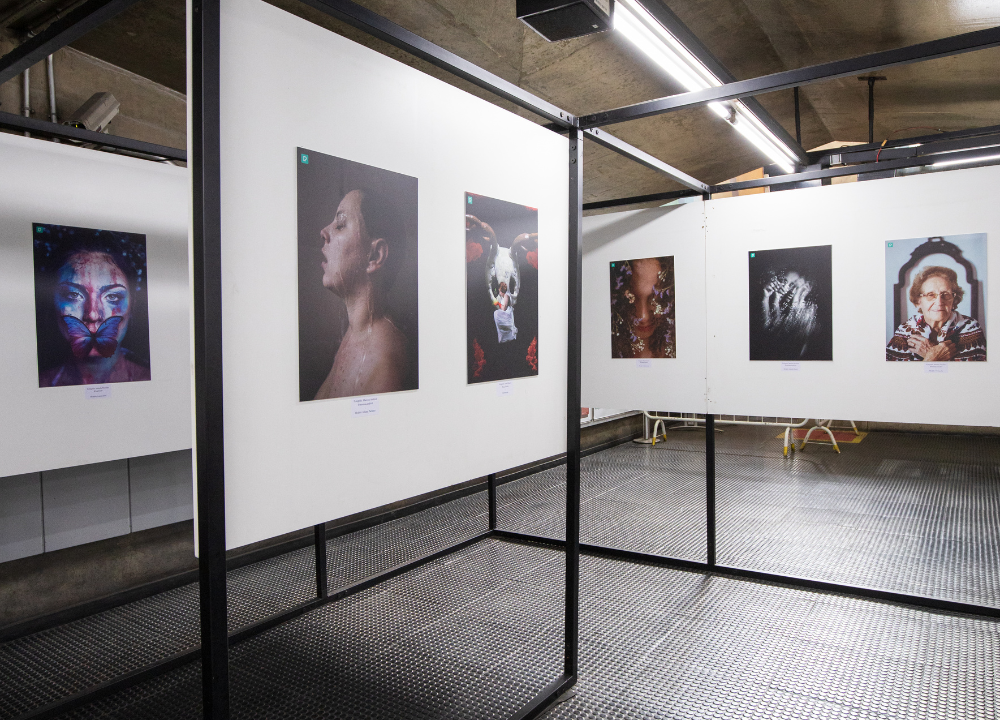Neural Style Transfer (NST) is a computational technique that uses deep learning algorithms to blend the artistic style of one image with the content of another image. It was first introduced by Leon A. Gatys, Alexander S. Ecker, and Matthias Bethge in their 2015 paper “A Neural Algorithm of Artistic Style.” NST has since gained popularity as a way to create visually appealing and artistic images by combining the content of one image with the style of another.

HERE IS A PICASSO LIKE GENERATED IMAGE
Here’s how Neural Style Transfer works:
- Content Image: The content image is the base image that provides the overall structure and content of the final generated image. This could be a photograph or any image you want to stylize.
- Style Image: The style image is an artwork or image that has a distinct artistic style you want to apply to the content image. This could be a painting by a famous artist or any image with a unique visual style.
- Neural Network: A pre-trained convolutional neural network (CNN) is used as the backbone of the style transfer process. The CNN is capable of extracting both low-level features (such as edges and textures) and high-level features (such as shapes and objects) from images.
- Content Loss: The content loss measures the difference between the content features of the content image and the generated image. It ensures that the final image retains the structure and content of the original content image.
- Style Loss: The style loss measures the difference between the style features of the style image and the generated image. It ensures that the visual style of the style image is transferred to the generated image.
- Total Loss: The total loss is a weighted combination of the content loss and the style loss. By adjusting the weights, you can control how much the final image resembles the content image and how much it takes on the artistic style of the style image.
- Optimization: The optimization process involves modifying the pixels of the content image iteratively to minimize the total loss. The goal is to find an image that simultaneously matches the content features of the content image and the style features of the style image.
Neural Style Transfer has been widely used for creating artistic images, generating unique visual effects, and even creating new artwork inspired by famous artists’ styles. It showcases the power of deep learning and neural networks to transform and blend different visual elements, resulting in visually striking and aesthetically pleasing compositions.



